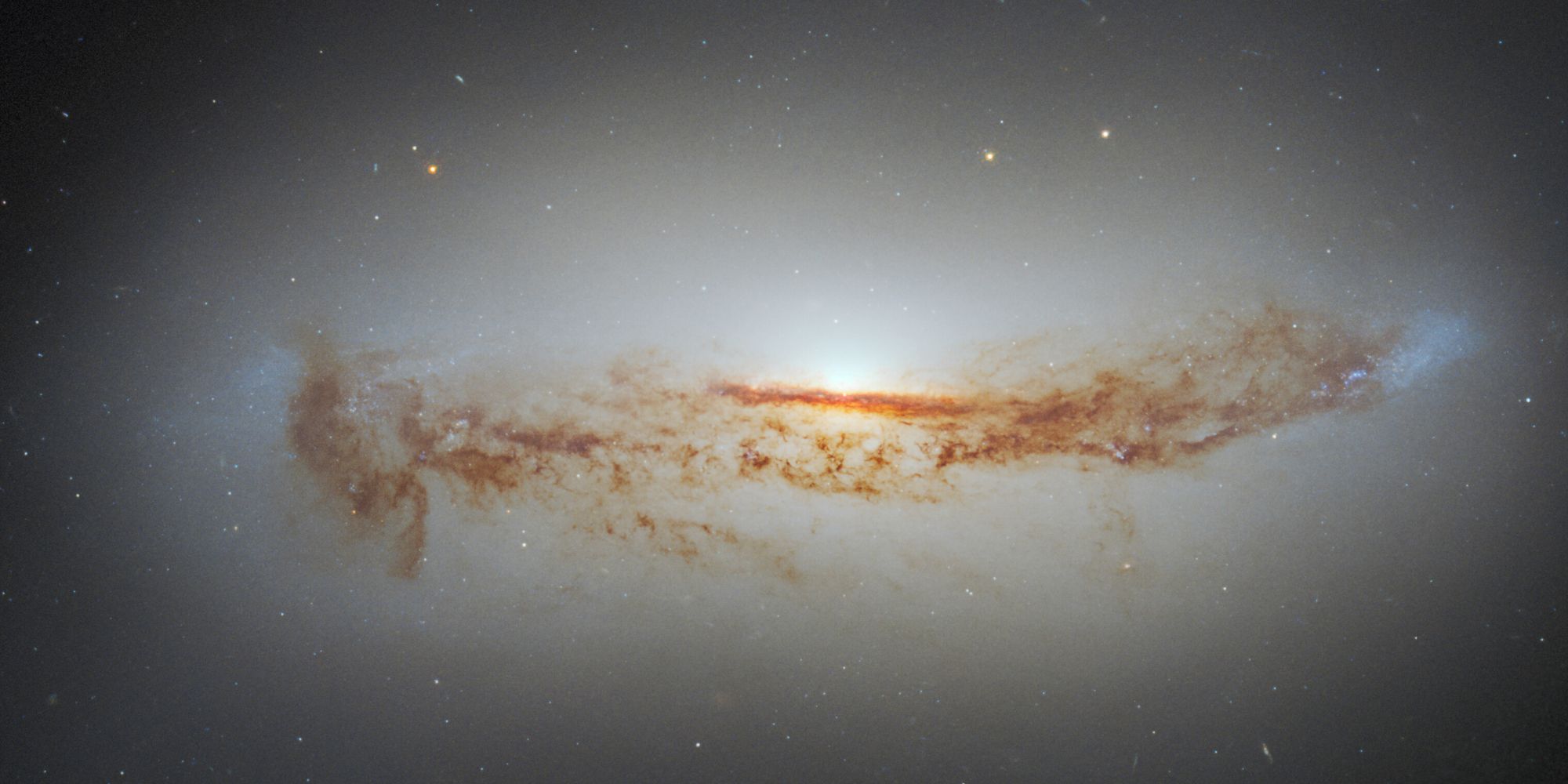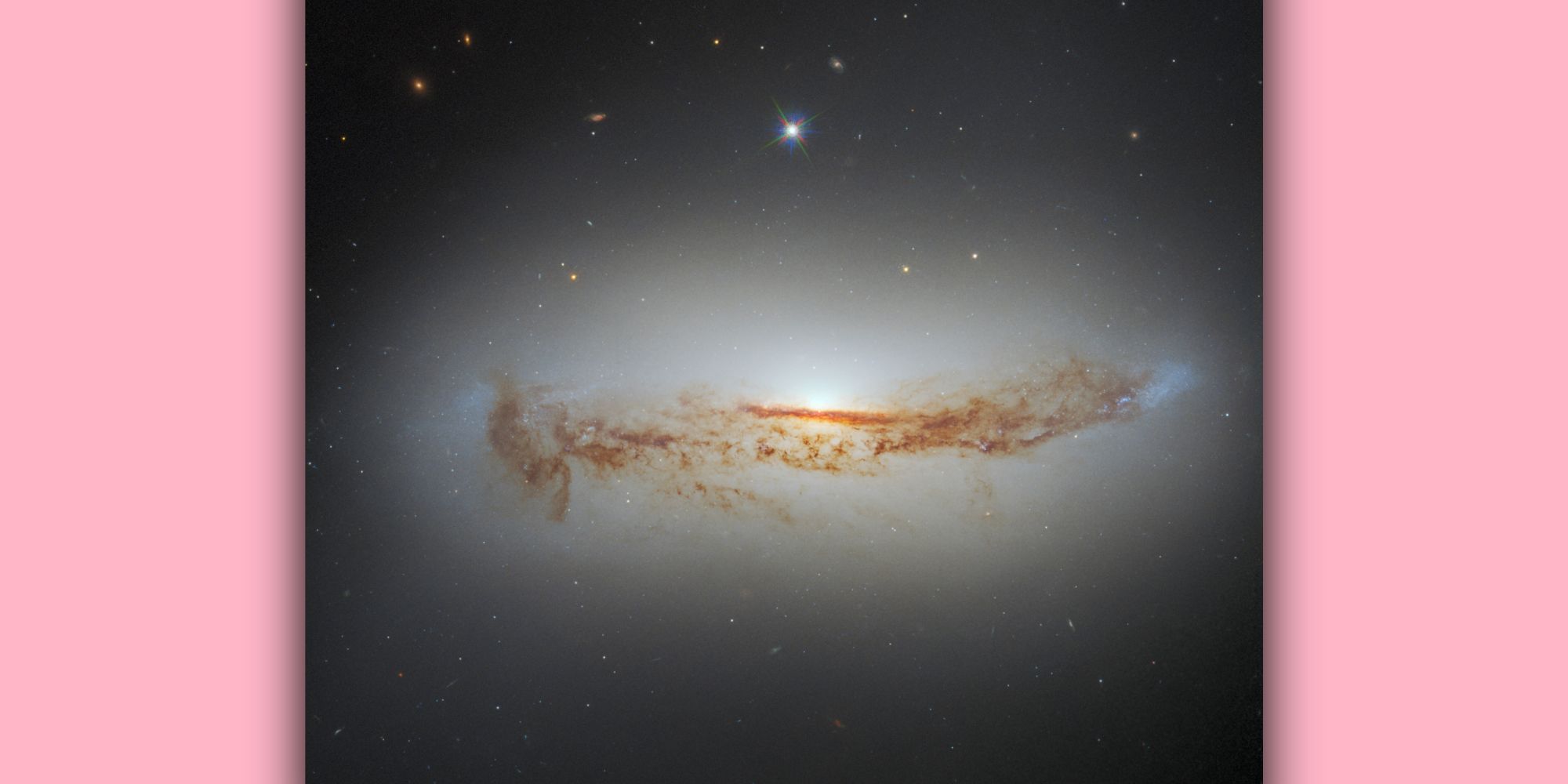NASA recently shared this latest Hubble photo of a peaceful galaxy out in the depths of space. However, while it appears calm and subdued, an active black hole is raging within it. So many things in the universe are strange, confusing, and not what they appear to be on the surface. As the story often goes, Hubble's one of the best tools for finding these mysterious things.
In early March, NASA published a Hubble photo of two galaxies appearing to be right next to each other. In reality, they're separated by millions of light-years. Hubble's also seen a strange formation that looks like one oddly-shaped galaxy, but upon closer inspection, turned out to be three unique galaxies close together. Add in a galaxy that looks like the USS Enterprise, galaxies that look like they're dancing, and a black hole creating new stars instead of destroying them, and Hubble's had more than its fair share of strange sightings.
At first glance, this latest picture doesn't look like anything out of the ordinary. The galaxy in the middle of the photo has a bright white center, beautiful space gas/dust surrounding it, and a sea of endless stars looking at it from a distance. While it'd be easy to dismiss the photo as a peaceful galaxy and nothing more, a peaceful galaxy this is not. At the center of this galaxy is a large, powerful, and active supermassive black hole.
Why You Can't See This Galaxy's Black Hole
The galaxy is officially known as NGC 7172 — around 110 million light-years away from Earth. Although it appears to have no black hole in sight, that's only because of the way it was photographed. As NASA explains, "The lane of dust threading its way across NGC 7172 is obscuring the luminous heart of the galaxy, making NGC 7172 appear to be nothing more than a normal spiral galaxy viewed from the side."
But that didn't stop astronomers from digging deeper. After looking at the electromagnetic spectrum for NGC 7172, the black hole's presence was quickly confirmed. This also means that NGC 7172 is classified as a 'Seyfert galaxy.' Seyfert galaxies are ones with "an intensely luminous active galactic nucleus powered by matter accreting onto a supermassive black hole."
As fascinating as this photo is, it's just the latest in a busy week for the famed telescope. Last Friday, NASA shared a Hubble photo of a large spiral galaxy 60 million light-years from Earth. Even more noteworthy, NASA recently confirmed Hubble's discovery of the furthest star ever at a whopping 28 billion light-years away. It may be reaching its 32-second birthday, but that certainly hasn't stopped Hubble from being a vital tool in exploring the beauty and wonders of space.
Source: NASA


